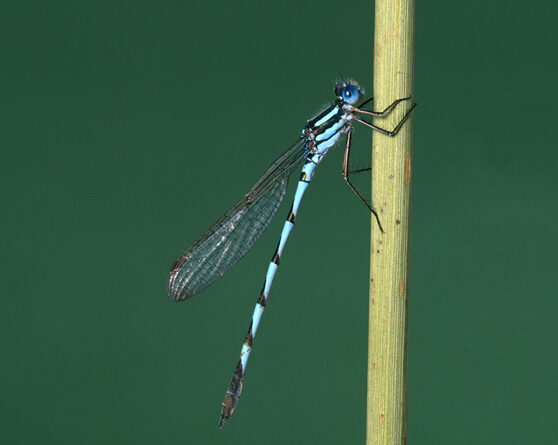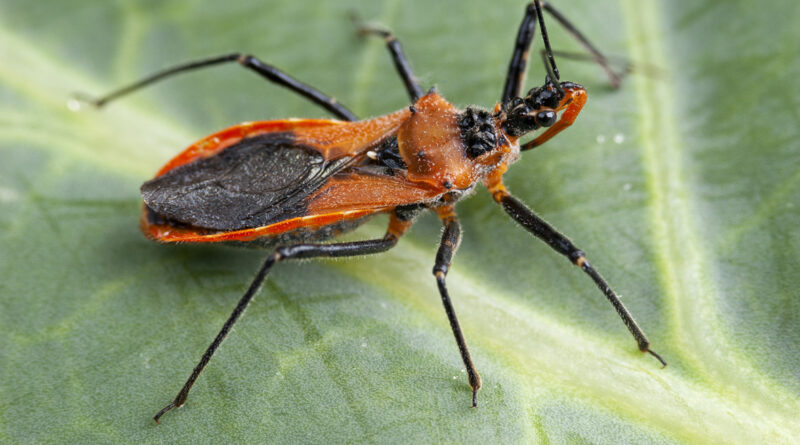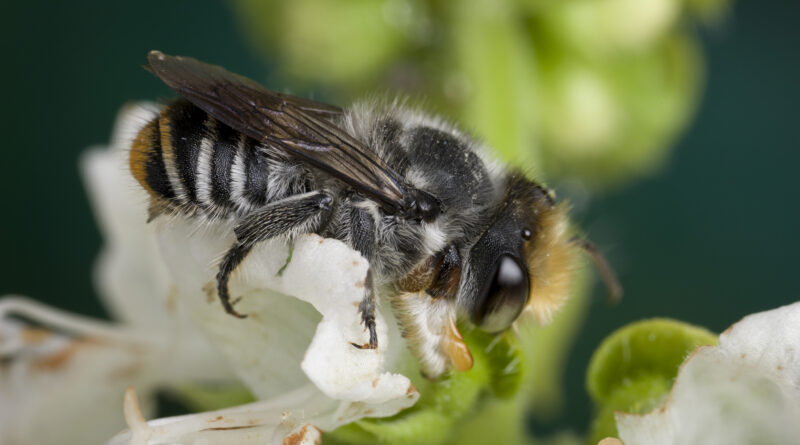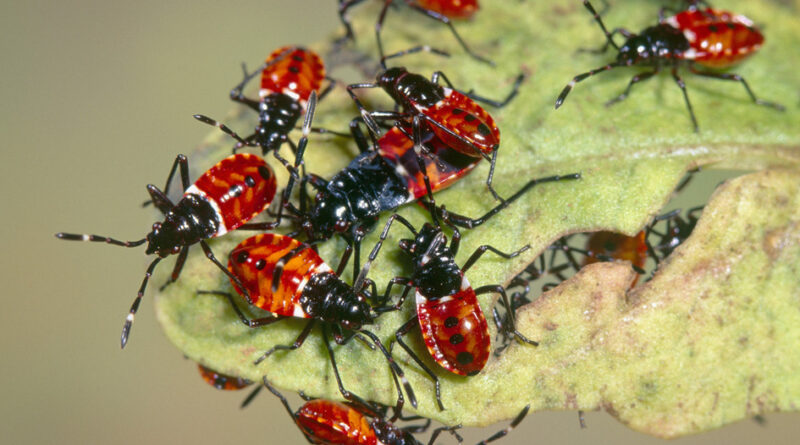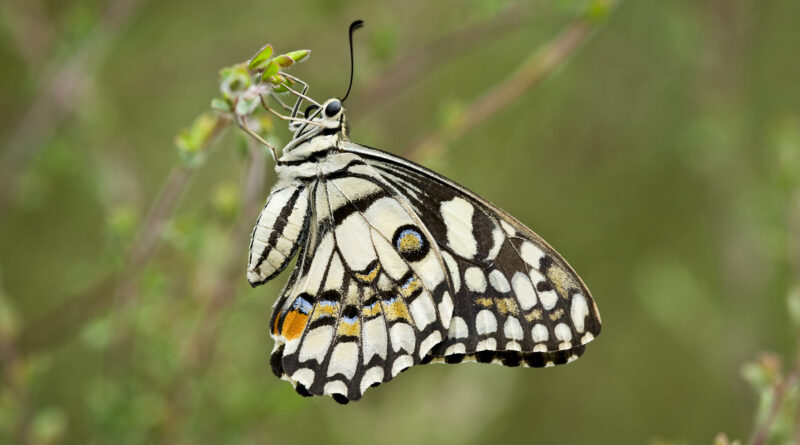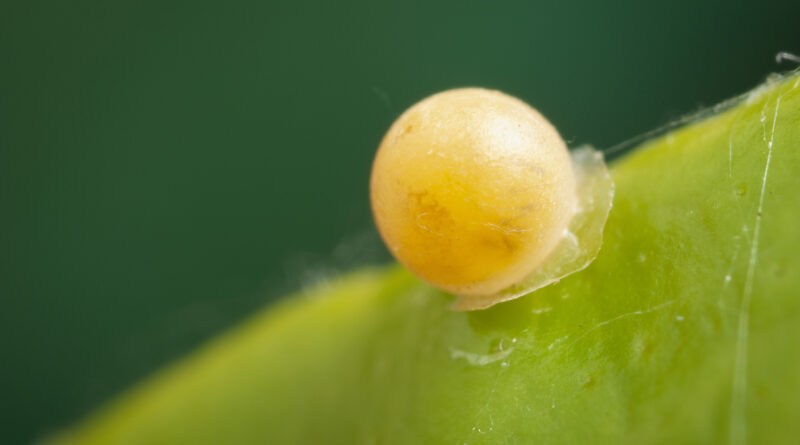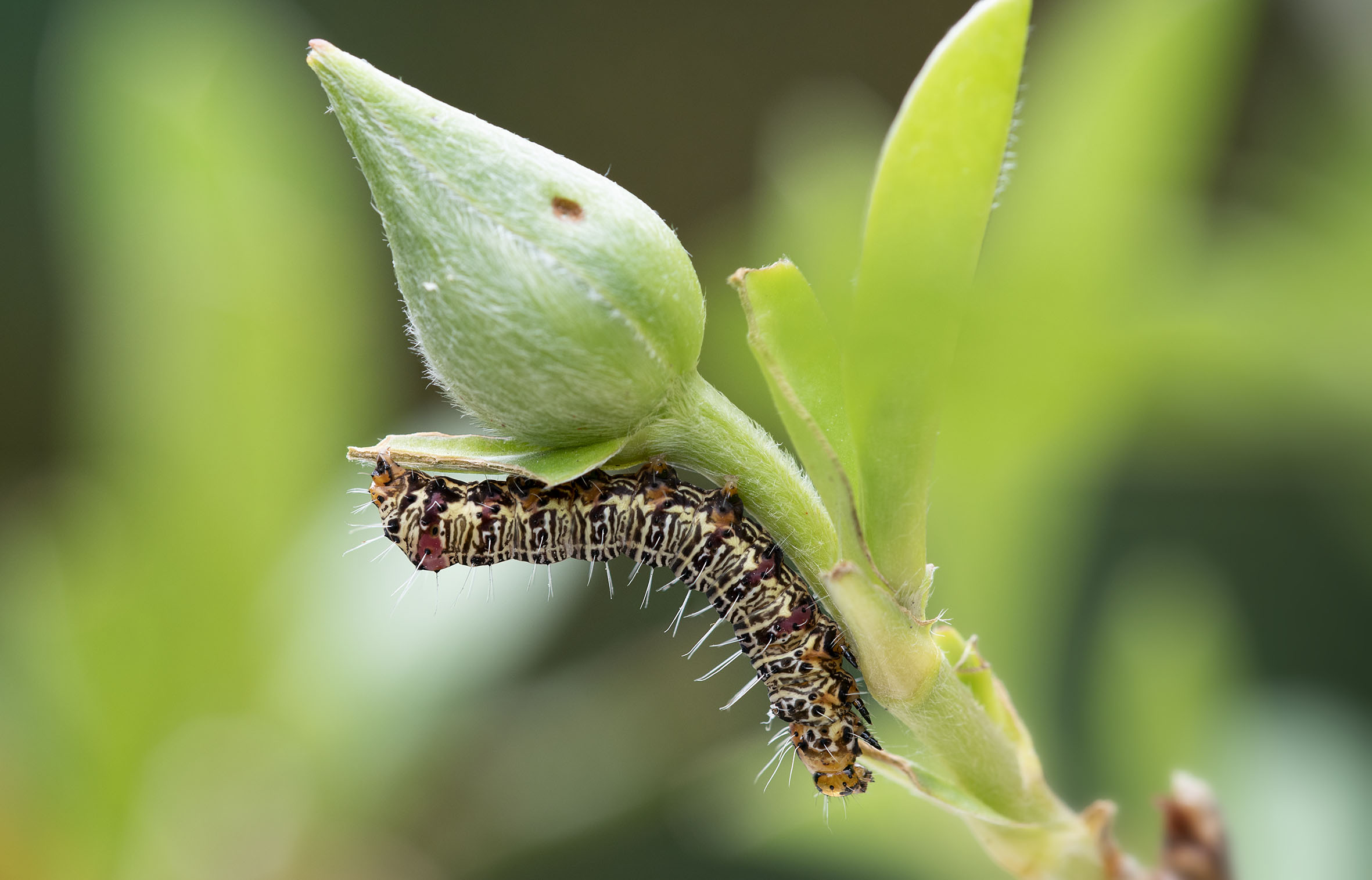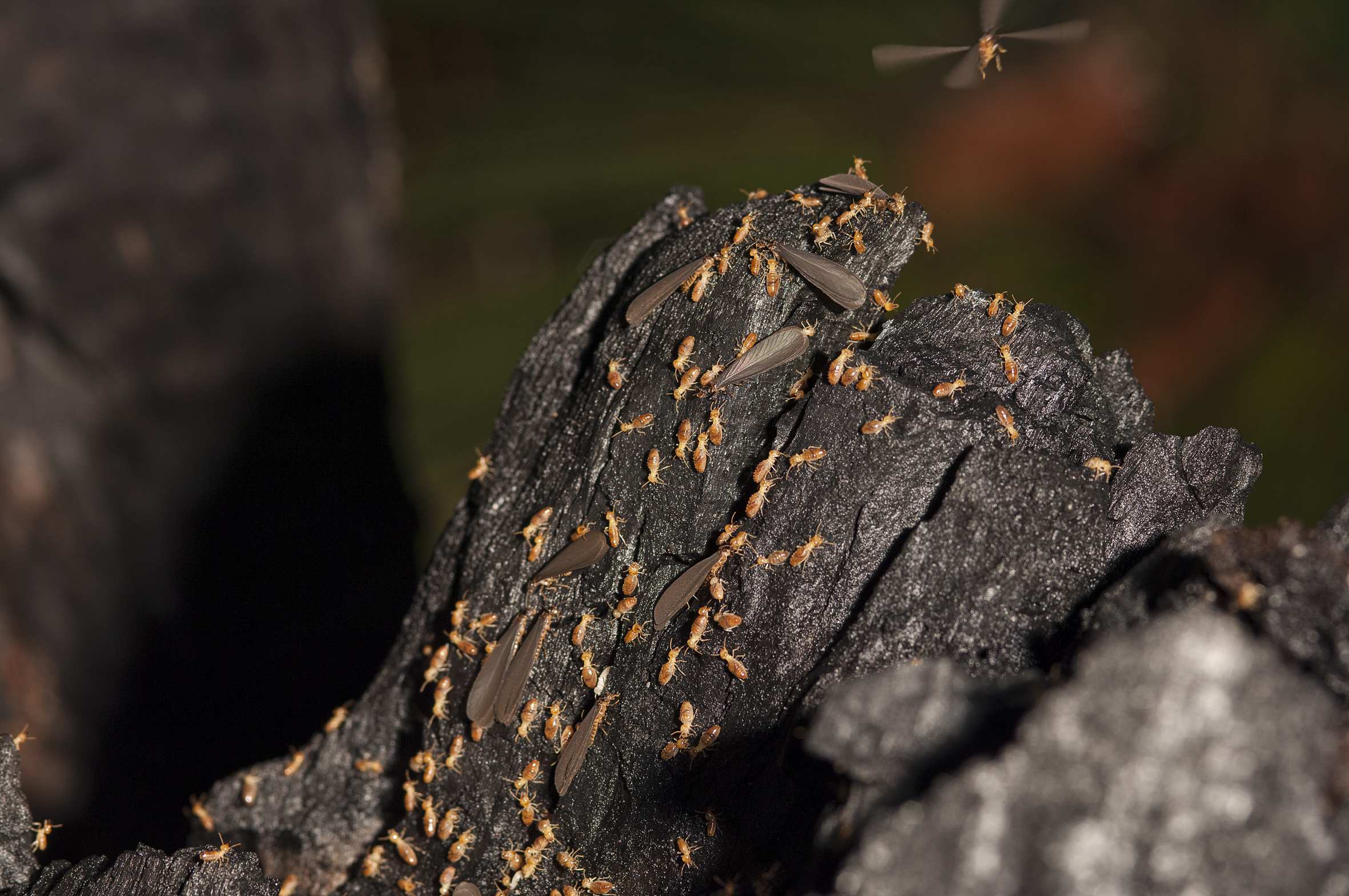Tiny wasps are the best pest control
By Denis Crawford
Tiny wasps that are barely visible to the naked eye are important biological control agents for various pests. If the wasps are so small, how do you know they are present?
I recently did some photography for a Queensland integrated pest management company that needed photos of Trichogramma pretiosum, a tiny wasp less than a millimetre long.… Continue reading
Read More
